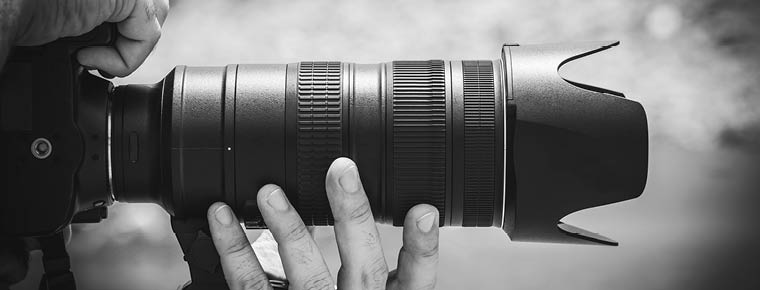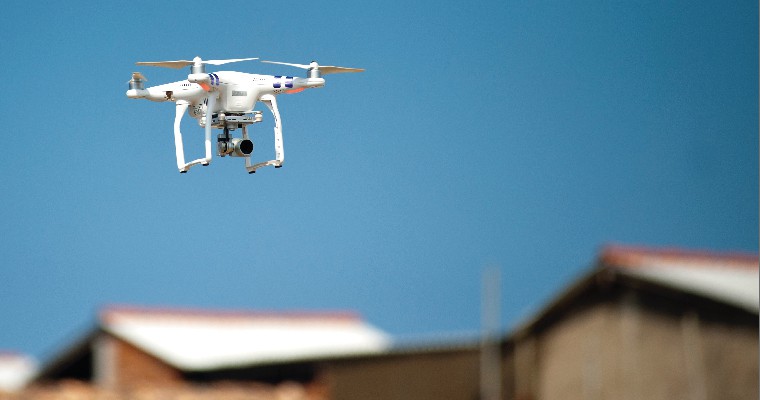The Basics of Real Estate Photography

Why Photography Is Vital To Real Estate
High-quality images play a massive role in marketing property. The forms of media being consumed from print to television to the internet have raised our visual expectations. Conversely, to our high expectations, we have shorter attention spans. The means that real estate marketing strategies need to work harder to gain attention. Strategies need to have a high focus on technology to compete in the ever-changing market.
The majority of property searches are started online, and initial searches are focused on images. Potential buyers will look through dozens of photos on every visit to a real estate listings site. It’s no surprise that listings with strong, professional images attract more views and lead to more showings and related sales.
In the past, a few decent photographs were enough for property marketing purposes and would be used and reused in listings, print adverts, real estate guides and adverts. The focus was on the repeat messaging using the same images. However, with the rise in digital media, marketing has become more social, and user expectations are very different. Audiences want to be engaged by easily accessible innovative content.
The requirement for images stretches further than one use advertising in printed media. Digital photos have the potential to be shared, commented on, edited and reposted. The goal of these images is to encourage further engagement and to entice the audience to find out more about the product, service or brand.
How Images Enhance Real Estate Listings
Images are essential to successful advertising for real estate listings. There is only one opportunity to make a first impression and images represent this opportunity. Photographs have the power to make or break property listings.
The images that accompany real estate listings determine how a potential buyer will treat the listing. Adverts on real estate listings only have a split second to make an impression before the buyer moves on. Images have the potential to draw longer attention spans. The main thumbnail shot needs to capture the eye to stand out amongst the sea of competition. Professional photos are also a reflexion of an organization. If a real estate firm isn’t willing to invest in their high-value asset, then it can’t expect buyers to do so. Images have a direct correlation to the type of audience they will attract.
Producing high-quality professional images for real estate listings provides the following benefits:
- Conveys a professional appearance for the seller and real estate firm alike
- Increases the chance of winning listings if there is competition for space
- Increases the dwell time on listings
- Offers the opportunity to present a higher asking price
- Results in sales closer to the asking price
- Provides a higher chance of grabbing the attention of prospective buyers
- Produces more showings and quicker sales
To reach the right buyers, digital photography remains as the price of entry for property marketing. The quality of images is often directly related to the price range of the property. Low-end listings can be successful with DIY smartphone photographs. For mid-range listings and above, however, magazine-quality shots are expected requiring the right staging, framing, lighting and editing.
In addition to this, top agents will use more than traditional 2D photography. Enhancing emerging technologies allows firms to create engaging, emotional customer experiences. The most successful real estate marketing strategies sell the dream of living in a property. Once people feel emotionally involved, they are much more likely to want to find out more.
Best Practice For Capturing High-Quality Images
To succeed in real estate marketing firms need to capture high-quality images. Agents can’t always achieve the quality expected by consumers without the right photographic skills. That said, agents should be able to differentiate between good and bad photos. It’s important to avoid sharing poor photos that have the potential to negatively affect both property sales and business reputation.
In the socially connected world we live in images need to do more than present a building. High-quality images have the power to influence emotions and sell lifestyles as well as the buildings that surround them. It is this emotional trigger that entices prospective buyers.
Producing great images comes down to having the right equipment, knowing what to photograph and then editing the images correctly:
- The right equipment – ultimately this equates to the camera, lens, tripod and flash. Cameras need to have high ISOs to produce clean images. Wide angle lenses are required to make spaces look bigger and emphasize the sense of depth. Tripods assist photographers in taking clear photos in low light situations, stability being paramount to achieving this.
- What to photograph – any outstanding property listing will be able to easily answer the questions that prospective buyers have. The key areas of any property need to be included while always bearing in mind the best angles and unique selling points or features within any space.
- Editing images – no matter how great a photograph is there is always room for improvement. Retouching enables photographers to take images from great to truly eye-catching. Images need to be the most appealing they can be while remaining natural looking and being an accurate representation of what they’re selling.
To achieve the best quality photographs, especially in relation to high-end listings, real estate firms will often hire professional photographers. As we’ve already discussed, professional photographs have a high return on investment and are a vital ingredient for the success of real estate marketing strategies.
Walkthroughs As A Marketing Tool
In our digital age, there is an abundance of potential ways to do real estate marketing. However, with all the noise that these new digital channels create, it can become harder to get in front of the right customers. Emerging technologies have changed property marketing by creating immersive virtual experiences, allowing prospective buyers to feel like they’ve actually visited the property.
The technology uses specialized cameras and automated software techniques to create walkthrough experiences. These are a combination of 2D floor plans with 360-degree panoramas. They provide a self-driven experience that lets buyers explore every corner of a property, from the comfort of their own homes. This increases the reach of marketing campaigns by offering a more engaging and informative experience to all prospective buyers, irrespective of location.
A key benefit of walkthroughs is the interactivity they provide to viewers. Prospective buyers are able to explore a property independently and can focus on the areas which are of specific interest to them. This tailored experience holds viewers attention for longer and plays upon their emotions by giving them the opportunity to imagine themselves in the property as they explore.
Another benefit of walkthroughs as a marketing tool is the opportunity to promote new construction and remodelled homes. Prospective buyers can take a virtual tour to see how a project is expected to look upon completion. Buyers can leave comments before construction has even started allowing the opportunity for changes to optimise the property’s potential.
As homebuyers are spending more of their property search time online, these engaging experiences will be increasingly key to drawing buyers in and prompting real-life showings.
The Use Of Drone Footage To Market Property
Another emerging technology which is revolutionizing the market is drone footage. Aerial drones add a new, previously unseen dimension to real estate photography. Drones can fly high above a property, up to around 400 feet, to capture its exterior, landscape and even neighbourhood in a way not seen before.
For commercial property marketing, drones offer real estate agents a cost-effective way to produce stunning aerial photographs of office spaces, retail parks, industrial units and many other spaces. The footage produced is up to date and far more detailed than any satellite data that could be used. What’s more, the technology can be used for planning applications and to allow property developers to get a full view of a view of a proposed site prior to construction.
Drone footage allows commercial property to be marketed in the best possible light. It shows the complete picture of an area including boundaries and road access, giving potential buyers a deeper insight into the setting. In this way, using drone footage allows real estate agents to stay ahead of their competition and catch the all-important eye of their potential customers.

How To Manage Your Digital Assets
As we’ve discussed, photography is vital to the real estate industry. New technologies are offering opportunities to stand out with immersive online experiences and high-quality professional images. In the changing landscape, real estate agents who embrace technology have a chance of engaging with their technology savvy audience.
To be able to fully adopt these technologies, it’s vital for real estate firms to have the infrastructure and support in place to manage them. The volume of images being produced is increasing exponentially, but they are only valuable if they can be found and used effectively.
Digital Asset Management (DAM) systems provide a central repository for all of an organization’s digital files. DAM solutions offer so much more than storage and provide a vital part to real estate marketing strategies. Images are stored and organized in a way that makes them easy to access and to use correctly. Files are tagged with information that informs users and ensures consistency.
Having a DAM system in place is fundamental in property marketing, facilitating workflows amongst large teams to ensure efficiency. It is critical for real estate agents to have a system in place to manage its ever-growing volume of digital assets and to make them work as hard as they can to achieve business growth.
The post The Basics of Real Estate Photography appeared first on OpenAsset.

